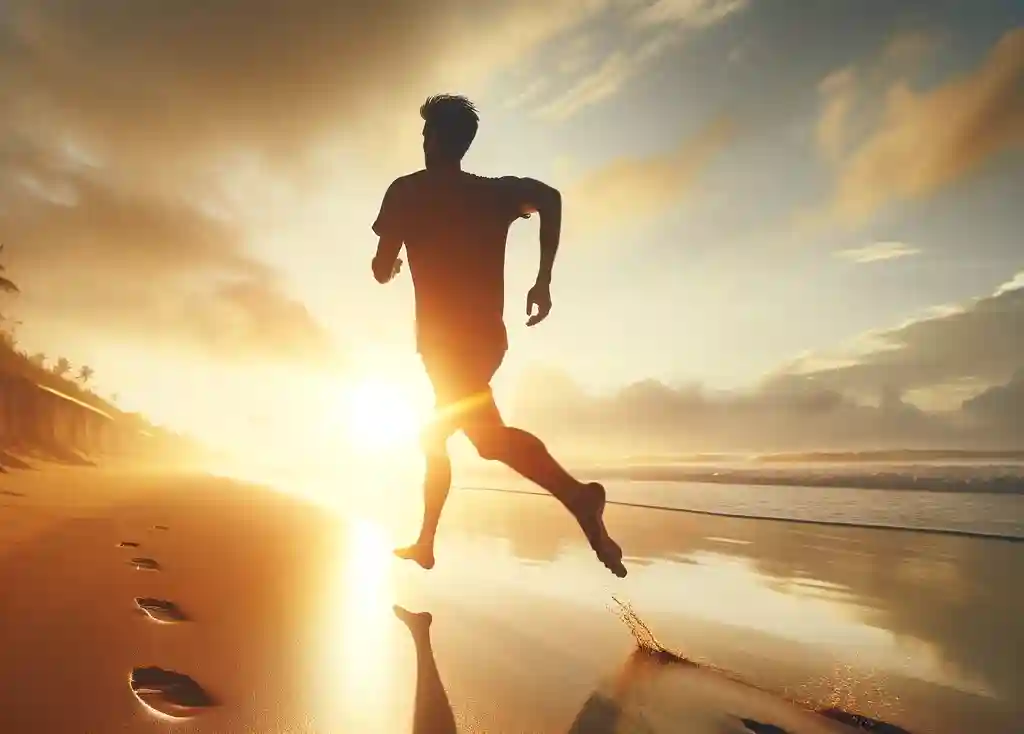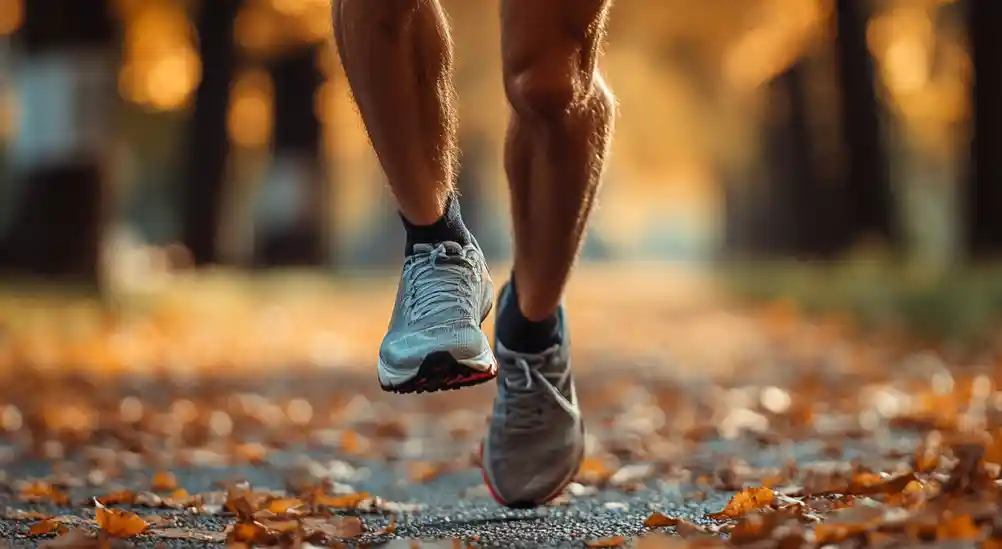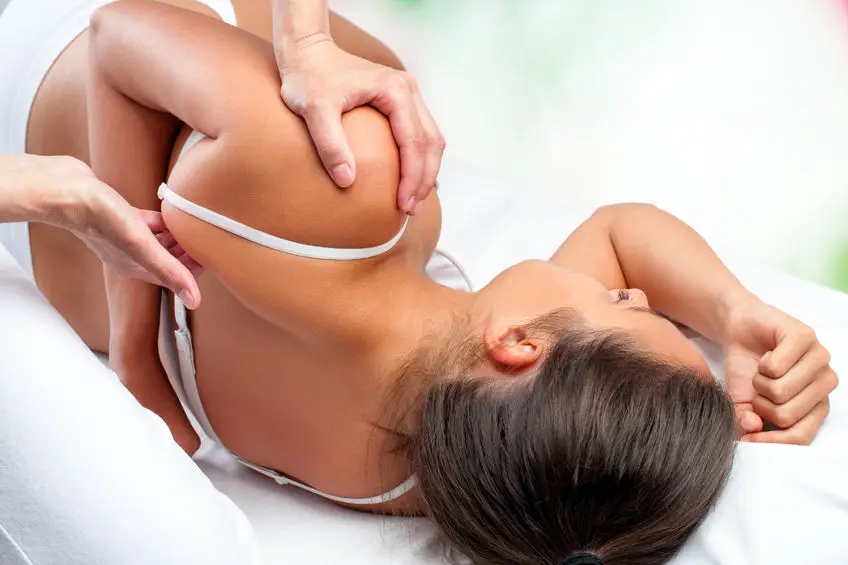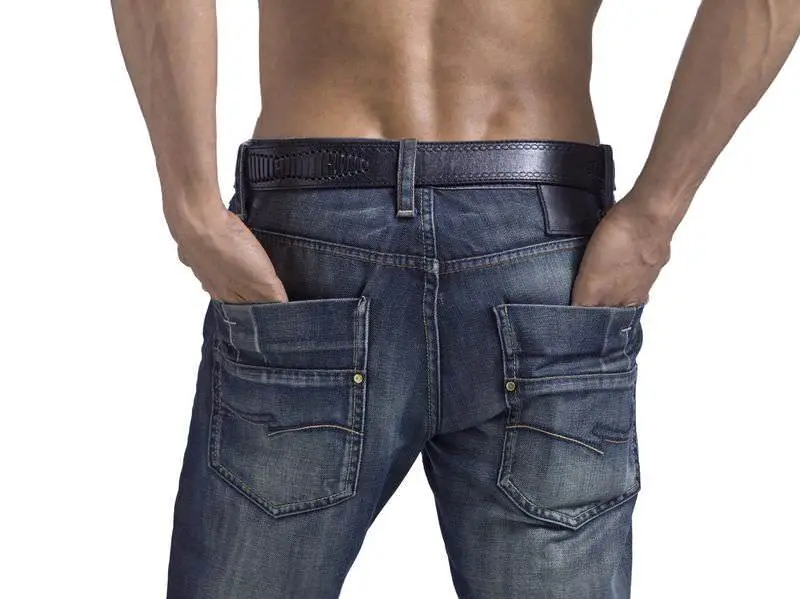Discover the Benefits of Barefoot Running for Injury Prevention

Benefits of Barefoot Running for Injury Prevention[1]
Engaging in barefoot running offers several advantages that contribute to a reduced risk of injury and enhanced running efficiency:
- Minimized Peak Impact:
- Running barefoot tends to minimize peak impact compared to wearing traditional running shoes. This can be beneficial in reducing stress on joints and muscles.
- Enhanced Sensitivity:
- Barefoot running increases the sensitivity of your feet to the ground, promoting a more aware and adaptive running technique.
- Increased Foot Strength:
- The unique demands of barefoot running can lead to increased foot strength. Strengthening the muscles and structures in the feet may contribute to injury prevention.
Keep the Bunion Surgeon Away With These Bunion Tips
By incorporating barefoot running into a training regimen, individuals may experience improved biomechanics, heightened sensory awareness, and greater foot strength, all of which can contribute to a lower risk of running-related injuries. It’s essential to gradually transition into barefoot running to allow the feet to adapt to the new demands.
Barefoot running requires strengthening your foot before jumping in. Here are the exercises that you need.

Barefoot Running: A Return to Natural Foot Function
Advocates of barefoot running propose that prehistoric humans, devoid of shoes, possessed foot structures and functions optimized for barefoot activities. They argue that modern individuals may struggle to adapt to the use of shoes and that the design and support features in modern footwear could contribute to or influence certain injuries.
Understanding the Barefoot Paradigm
This perspective underscores the notion that our feet naturally evolved for various activities, including running, without the need for external footwear. Proponents of barefoot activities advocate for a return to a more natural state, suggesting that running barefoot may better align with the inherent capabilities of the human foot and potentially reduce the risk of injuries associated with modern shoe designs.
Gradual Transition and Adaptation
As with any significant changes in physical activity, it’s crucial to approach barefoot running gradually to allow the body to adapt to the new demands. By easing into barefoot activities and progressively increasing intensity and duration, individuals can mitigate the risk of injury and optimize the potential benefits of barefoot running.
Custom Orthotics: Caution When Getting Orthotics
Impact of Shoes on Foot Sensory Information and Muscles
The use of shoes can have notable effects on foot health and biomechanics:
- Sensory Limitation:
- Shoes can limit the sensory information received by the feet. The direct contact of bare feet with the ground allows for a more nuanced perception of the terrain, potentially enhancing proprioception and balance.
- Altered Running Form:
- Wearing shoes may alter running form. The design and cushioning of shoes can influence the natural mechanics of the foot, potentially leading to changes in gait and running posture.
- Weakened Foot Muscles:
- The supportive features in many shoes might contribute to weakened foot muscles and increased stiffness. The foot relies on intrinsic muscles for stability, and prolonged use of highly supportive shoes may lead to muscle atrophy.
While the choice between wearing shoes or going barefoot is individual, recognizing the potential impacts of footwear on sensory feedback and muscle engagement is essential. Advocates of barefoot activities often argue that allowing the feet to function more naturally can lead to improved foot strength and biomechanics. Individuals should consider their comfort, biomechanical needs, and gradual adaptation when deciding on their footwear choices.
Theoretical Impact of Running Forces and Shoe Technology on Injuries
In theory, running involves higher forces compared to walking, which may theoretically increase the risk of injury. Despite significant advancements in running shoe technology over the past five decades, the rate of running injuries has reportedly remained relatively consistent [1].
This observation raises questions about the efficacy of modern running shoes in preventing injuries. Some factors that could contribute to this phenomenon include:
- Biomechanical Differences:
- Individual biomechanics and running styles vary, and a one-size-fits-all approach in shoe design may not address the diverse needs of runners.
- Impact of Shoe Design:
- While running shoes aim to provide support and cushioning, their design may not universally align with the biomechanics of all runners, potentially contributing to injuries.
- Training Practices:
- Factors beyond footwear, such as training practices, running surfaces, and individual conditioning, also play significant roles in injury prevention.
- Natural Running Argument:
- Advocates of barefoot or minimalist running argue that returning to a more natural running form might be beneficial in reducing certain types of injuries.
Understanding the complexities of running biomechanics and considering individual variations in gait and form is crucial for developing effective injury prevention strategies.

Impact of Barefoot Running on Foot Pressure Distribution
Barefoot running tends to distribute more pressure on the front 1/3 of the foot, which is divided into the forefoot, midfoot, and hindfoot (rearfoot).
Key observations include:
- Forefoot Pressure Distribution:
- Barefoot running places more pressure on the forefoot, potentially resulting in a flatter foot strike when hitting the ground.
- Foot Division:
- The foot is anatomically divided into the forefoot, midfoot, and hindfoot (rearfoot).
- Impact on Knee Bend:
- The increased forefoot pressure often corresponds to a more bent knee during the foot strike.
The combined effect of these factors is theorized to cushion the impact of running, potentially reducing the incidence of injuries. Advocates of barefoot running suggest that this natural distribution of pressure aligns with the body’s biomechanics, promoting a more sustainable and injury-resistant running style.
Variability in Running Styles Among Barefoot Runners
In my experience running marathons and various distances, I’ve observed a diverse range of running styles among the barefoot community, including both heel strikers and midfoot runners.
Supporting this observation, research indicates that the style of barefoot running is indeed variable [3]. This variability can be attributed to individual differences in biomechanics, gait patterns, and personal preferences.
Key points:
- Diverse Running Styles:
- Barefoot runners exhibit a mix of heel-striking and midfoot-striking patterns.
- Individual Biomechanics:
- The variability in running styles is influenced by individual biomechanical factors unique to each runner.
- Research Confirmation:
- Scientific studies acknowledge the diverse nature of barefoot running styles [3].
This variability underscores the importance of recognizing and respecting individual differences in running biomechanics. It also suggests that there is no one-size-fits-all approach to barefoot running, allowing runners to adopt the style that feels most natural and comfortable for them.
Running Styles in Barefoot and Minimally Shod Runners: A Study Analysis
According to a study:
Barefoot Runners (No Shoes):
- Forefoot Strikers: 59.2%
- Midfoot Strikers: 20.1%
- Rearfoot Strikers: 20.7%
Minimally Shod Runners (Barefoot Running Shoes):
- Forefoot Strikers: 33.3%
- Midfoot Strikers: 19.1%
- Rearfoot Strikers: 47.6%
These findings highlight the distribution of running styles among barefoot and minimally shod runners. Notably, a significant percentage of barefoot runners favour a forefoot striking pattern, while minimally shod runners exhibit more variability, with a considerable portion adopting a rearfoot striking pattern.
Key Observations:
- Barefoot Runners (No Shoes):
- The dominance of forefoot strikers, emphasises the natural variability in running styles among barefoot enthusiasts.
- Minimally Shod Runners (Barefoot Running Shoes):
- Increased diversity, with a substantial number of rearfoot strikers, potentially influenced by the presence of minimalist footwear.
These insights underscore the impact of footwear (or lack thereof) on running mechanics, demonstrating the nuanced relationship between running style and the type of shoes worn.
Impact of Transition from Minimally Shod to Totally Barefoot Running: Heel Pressure Increase
A notable issue arises when minimally shod runners transition to running totally barefoot. In this scenario:
- Heel Striking Barefoot Runners: Experienced a significant increase in heel pressure, reaching seven times the original level.
This observation highlights the potential influence of footwear, even minimalistic ones, on running mechanics. When individuals accustomed to running in minimally shod footwear shift to completely barefoot running, there is a notable alteration in the distribution of pressure on the heel.
Key Insight:
- Footwear Influence:
- The presence or absence of even minimalistic footwear can impact the running mechanics, particularly the pressure distribution on the heel.
This finding underscores the importance of considering the gradual transition to barefoot running and being mindful of potential changes in running mechanics, especially for individuals accustomed to running in minimalist shoes.
Transition to Forefoot Striking in Barefoot Running and Associated Risks
Not all runners automatically adopt a forefoot striking pattern when transitioning from traditional shoes to barefoot running. It’s crucial to recognize individual variability in running styles during this transition.
Effects of Barefoot Running:
- Increased Pronation:
- Barefoot running may heighten the risk of Achilles tendon injury by increasing pronation.
- Plantar Flexion Impact:
- The increased plantar flexion of the ankle during barefoot running intensifies the workload on calf muscles to absorb shock, potentially elevating the risk of Achilles tendon injury.
- Benefits of Forefoot Striking:
- Forefoot striking can alleviate pressure on the knee, providing potential relief for runners with knee pain, especially in conditions like patellofemoral pain.
- Forefoot striking may also reduce pressure on the hip and ankle.
- Dynamic Changes in Running Patterns:
- Marathoners tend to exhibit an increased rearfoot striking pattern towards the end of a marathon, likely influenced by fatigue.
These insights underscore the multifaceted impact of barefoot running on running mechanics and associated injury risks. While forefoot striking offers certain advantages, it’s essential to consider the individual’s biomechanics and potential adjustments during the transition to barefoot running.
Conclusion Of Barefoot Running
The popularity of barefoot running has indeed grown, and there is evidence suggesting potential benefits, particularly in decreasing pressure on the knees and ankles. However, as you mentioned, there are associated risks, such as an increased likelihood of Achilles injuries when running on the forefoot.
Considerations:
- Benefits:
- Reduced Knee and Ankle Pressure: Barefoot running may contribute to decreased pressure on the knees and ankles, potentially beneficial for individuals prone to patellofemoral injuries.
- Risks:
- Achilles Injury Risk: Forefoot striking in barefoot running can elevate the risk of Achilles injuries due to increased stress on the Achilles tendon.
Balancing Act:
- The decision to engage in barefoot running involves a balancing act between potential benefits and risks.
Individual Factors:
- Consideration of individual biomechanics, running history, and susceptibility to specific injuries is crucial.
Gradual Transition:
- Transitioning to barefoot running should be gradual to allow the body to adapt and mitigate the risk of injuries.
Professional Guidance:
- Seeking advice from healthcare professionals or running specialists can provide personalized insights and recommendations.
In conclusion, while barefoot running may offer advantages, individuals should approach it mindfully, considering both the potential benefits and associated risks, particularly concerning Achilles injuries with forefoot striking.
Tell us what you think in the comments below and like us on Facebook. I will do my best to answer all questions in the comments section here at this downtown Toronto Chiropractic clinic
Picture Reference
- Title Photo by Guillaume Flandre on Unsplash
- Photo by Seth Doyle on Unsplash
- Photo by Jakob Owens on Unsplash
Research
- Tam N, Wilson JLA, Noakes TD & Tucker R, Barefoot Running: Current Hypotheses, Clinical Applications & Future Research, British Journal of Sports Medicine 2014; 48: 349-355.
- Divert C, Mornieux G, Baur H, et al. Mechanical comparison of barefoot and shod running. Int J Sports Med 2005; 26: 593–8.
- PeterLarson, Comparison of foot strike patterns of barefoot and minimally shod runners in a recreational road race,Journal of Sport and Health Science, Volume 3, Issue 2, June 2014, Pages 137-142







